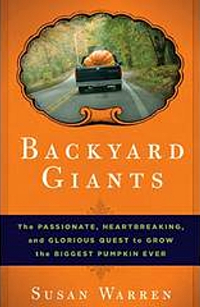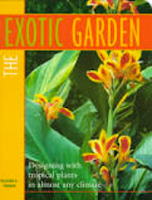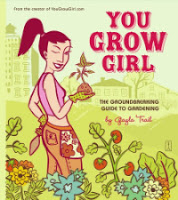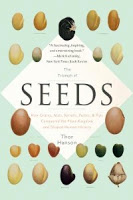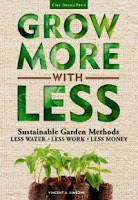This was much more to my taste! Straightforward and down-to-earth, very much so in fact. The author lived on a farm in Ireland and wrote what it was like farming in the forties and fifties, how their farm gradually changed from using old methods of harvesting by hand, with horses and simple implements, to modern equipment and technology- and why they made that shift. She said she wrote the book so her grandchildren would know what farming used to be like- and the book is mostly just about the farm, how it was run and maintained, very little about the family interactions or characters of neighbors, etc- although a few little sketches and incidents are mentioned. Interestingly enough, it’s also about why this family farm shifted from being one that raised a variety of livestock and crops, to becoming very specialized- mainly for the profit margin. They simply could not make a success of it, otherwise. They quit raising pigs, chickens and sheep for various practical reasons, eventually gravitating to dairy cattle. (A very amusing but exasperating- sounding incident with one of their last pigs was related: the pig had rooted into a very large stack of stored straw and wound up against a wall, they heard it grunting when they called it to come feed, but the pig wouldn’t back out, so they had to climb the straw pile and dig down to get it free). It was a different kind of focus for a book about farm life- compared to others I’ve read- and I found I liked it very much. I think if I knew these people I would like them very much, too.
Added two more books to my list: the precursor to this one, called The New Invasion, and a book the author twice mentioned reading herself, Malabar Farm by Louis Blomfield.


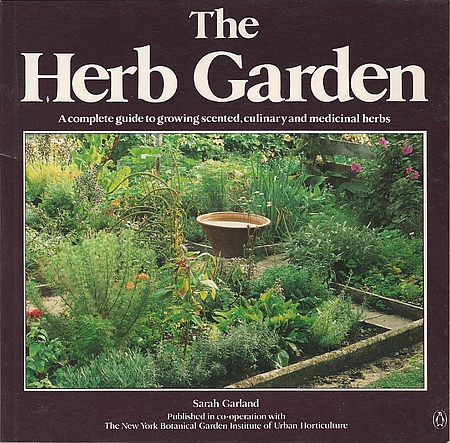
 In my garden, it’s never grown more than a foot or two! I realized soon that the author is from the UK, so the climate she cultivated herbs in was different. Perhaps that is part of it.
In my garden, it’s never grown more than a foot or two! I realized soon that the author is from the UK, so the climate she cultivated herbs in was different. Perhaps that is part of it.